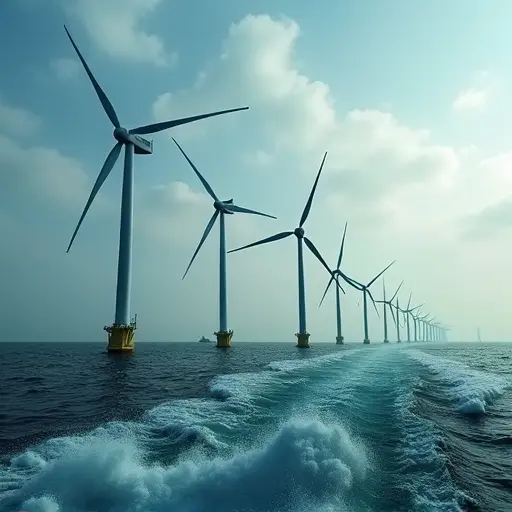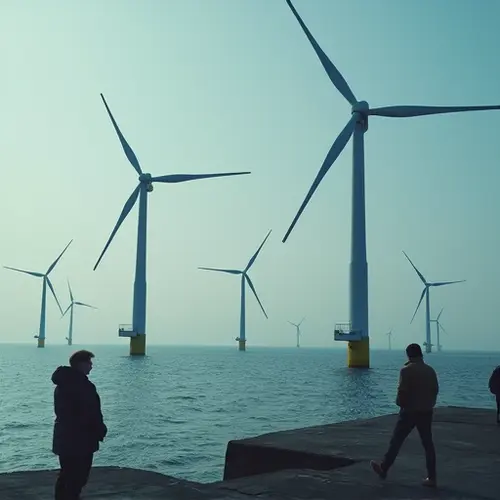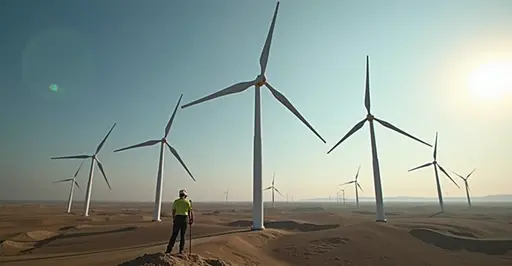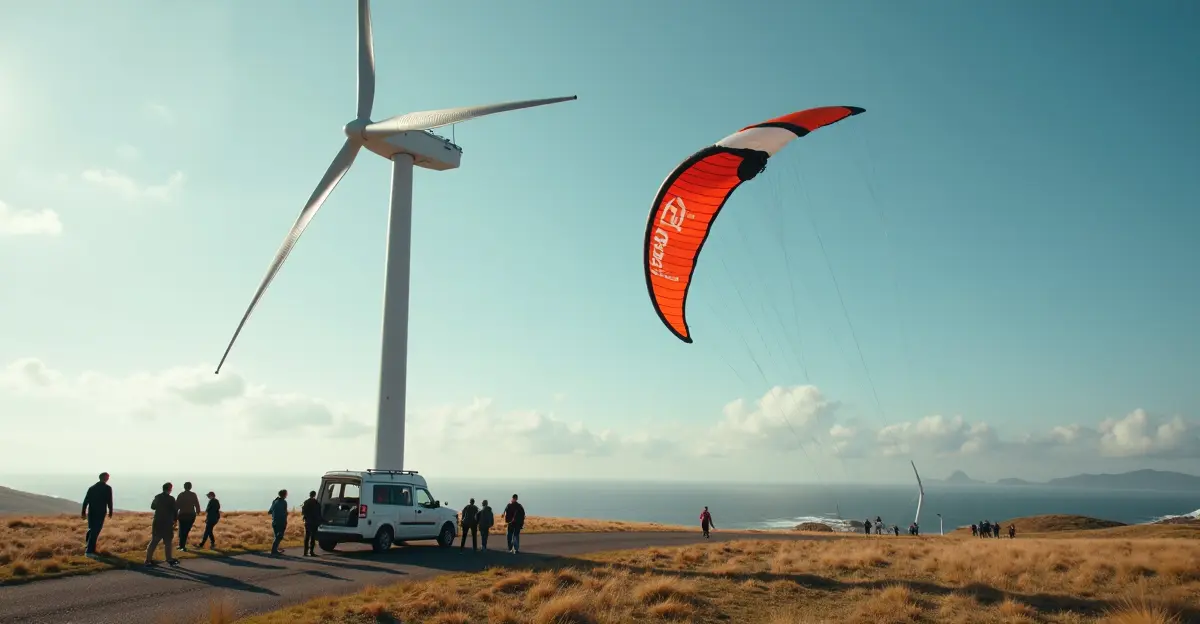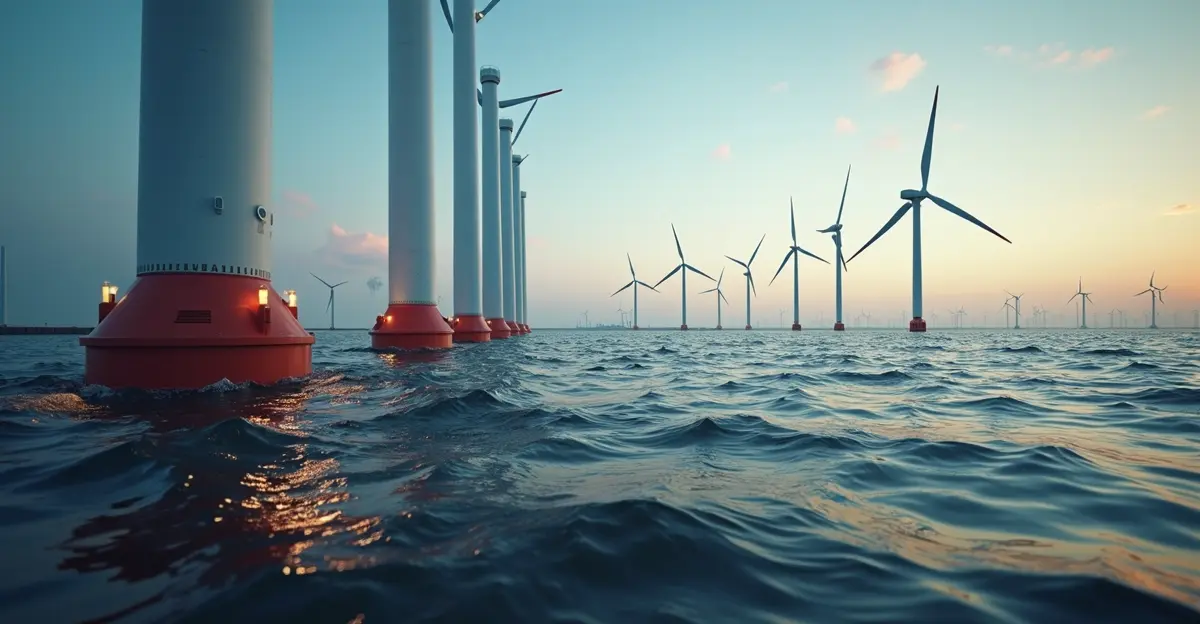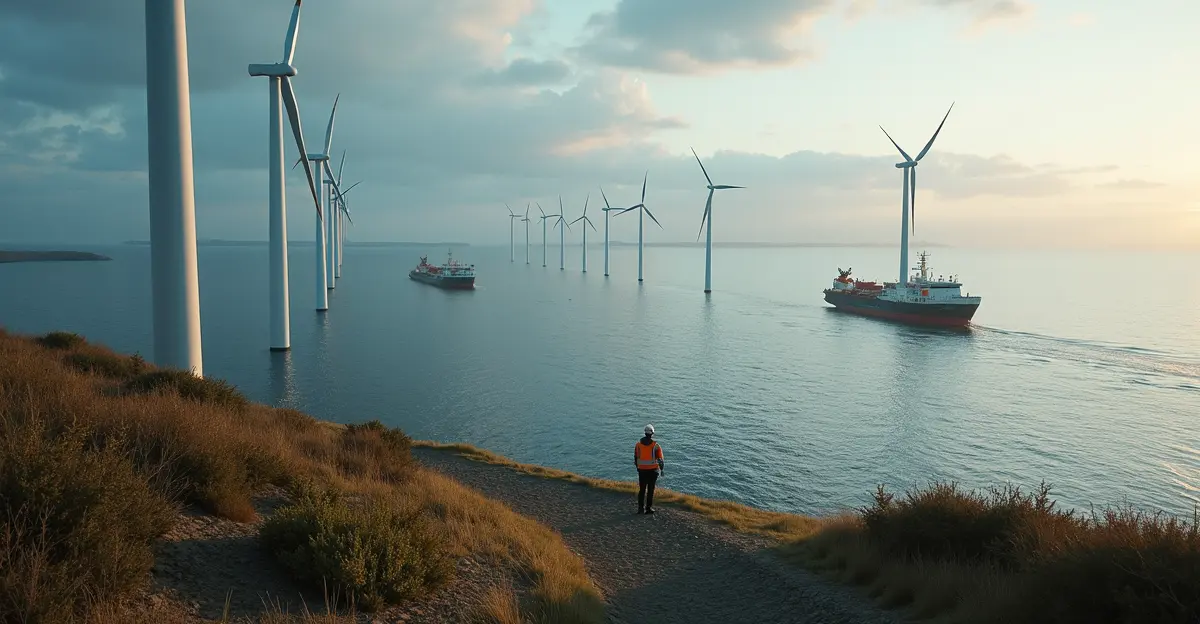US Interior Department announces new offshore wind lease areas as part of 5-year plan with up to 12 auctions through 2028, aiming to accelerate marine renewable energy development and create thousands of jobs.
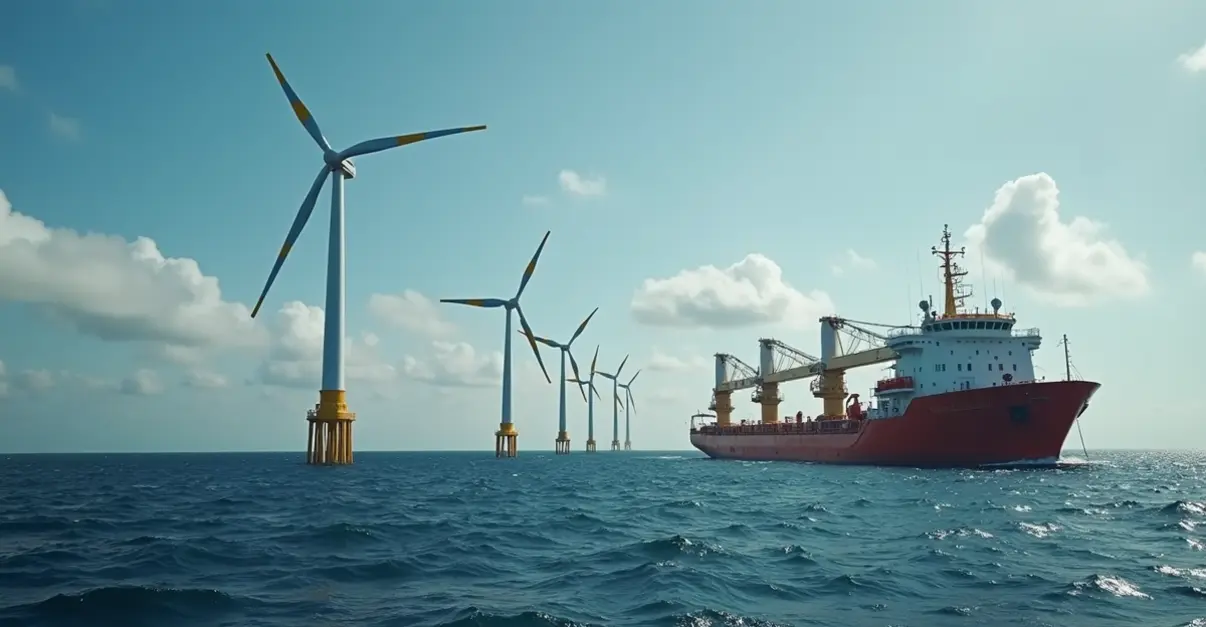
Major Expansion in Offshore Wind Development
The US Interior Department has announced significant new offshore wind lease areas as part of an ambitious plan to accelerate marine renewable energy development across the nation. This strategic move comes as the Biden administration continues its push for clean energy expansion while balancing environmental concerns and economic opportunities.
Five-Year Leasing Schedule Unveiled
Secretary of the Interior Deb Haaland revealed a comprehensive five-year offshore wind leasing schedule that includes up to 12 potential lease sales through 2028. The plan outlines specific sales across multiple regions: four in 2024 (Central Atlantic, Gulf of Maine, Gulf of Mexico, and Oregon), one in 2025 (Gulf of Mexico), one in 2026 (Central Atlantic), two in 2027 (Gulf of Mexico and New York Bight), and four in 2028 (California, a U.S. Territory, Gulf of Maine, and Hawaii).
'This leasing schedule provides the predictability and transparency that industry needs to make long-term investments in offshore wind energy,' said Secretary Haaland during the announcement at the International Partnering Forum conference in New Orleans.
Building on Recent Progress
Since the Biden-Harris administration began, the Interior Department has approved the nation's first eight commercial-scale offshore wind projects and held four lease auctions. These efforts have advanced over 10 gigawatts of clean energy capacity - enough to power nearly 4 million American homes. The new lease areas represent a significant expansion of the federal government's commitment to offshore wind development.
The Bureau of Ocean Energy Management (BOEM) has been actively managing offshore renewable energy resources, though recent developments include a temporary halt on offshore wind leasing pending review of federal practices. BOEM has rescinded all designated Wind Energy Areas, de-designating over 3.5 million acres across multiple regions including the Gulf of America, Gulf of Maine, New York Bight, California, Oregon, and Central Atlantic.
Economic and Environmental Benefits
Offshore wind energy continues significant global expansion in 2025, reaching approximately 100 GW capacity with major maritime industry impacts. The development of these new lease areas is expected to create thousands of jobs, strengthen domestic supply chains, and provide substantial economic benefits to coastal communities.
'Offshore wind represents a tremendous opportunity for job creation and economic growth in our coastal states,' noted energy analyst Maria Rodriguez. 'The strategic placement of these lease areas considers both energy potential and environmental sensitivity.'
Challenges and Considerations
Despite the ambitious plans, the offshore wind industry faces several challenges. Key obstacles include vessel shortages (particularly WTIVs and feeder barges), regulatory bottlenecks, and supply chain pressures. The maritime sector is experiencing ripple effects including altered shipping routes, port upgrades, and specialized vessel demands.
The industry must also navigate concerns from traditional offshore industries. 'We're seeing some tension between offshore wind development and existing oil and gas operations,' explained maritime industry expert Dr. James Chen. 'Careful planning and coordination will be essential to avoid conflicts in marine resource allocation.'
Looking Ahead
The new lease areas represent a critical step toward achieving the administration's climate goals while supporting economic development. As the US works to catch up with European leaders in offshore wind development, these strategic lease areas could position the country as a major player in the global renewable energy market.
The Interior Department's approach emphasizes community engagement and environmental stewardship, with particular attention to working with Indigenous groups and fishing industries to incorporate local voices in development planning. This community-driven approach aims to build a sustainable marine energy industry that supports coastal economies while advancing clean energy goals.
For more information about BOEM's renewable energy programs and lease opportunities, visit BOEM's official website.

 Nederlands
Nederlands
 English
English
 Deutsch
Deutsch
 Français
Français
 Español
Español
 Português
Português




